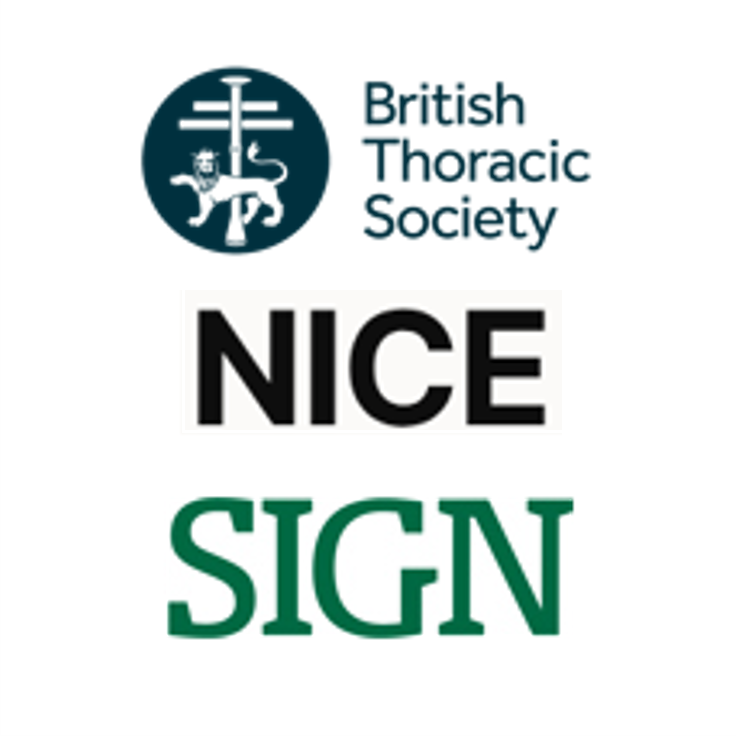Allergic sensitisation to house dust mite-associated aeroallergens is common in people with asthma and exposure to house dust can act as a trigger in sensitised asthmatic individuals. Physical (for example mattress covers, vacuum cleaning, heating, ventilation, freezing, washing, air filtration and ionisers) and chemical (acaricides) measures to reduce house dust mite (HDM) aeroallergen levels and so reduce exposure have been advocated but there has been uncertainty as to whether the currently available physical and chemical measures, alone or in conjunction, can reduce the exposure levels sufficiently to allow a clinically relevant effect to be apparent.
[BTS/SIGN 2019]
